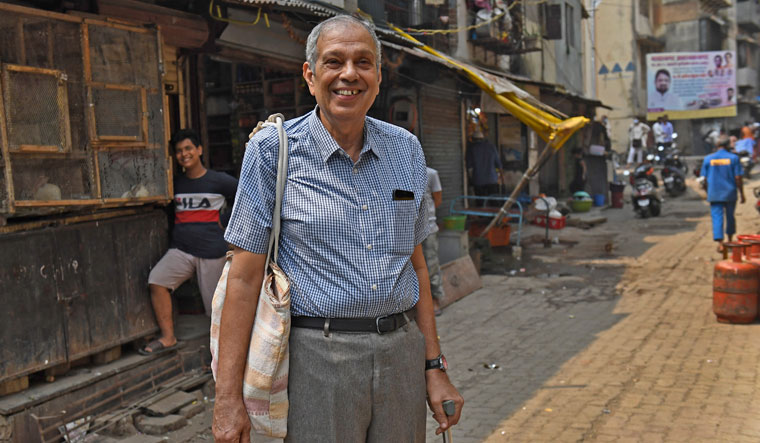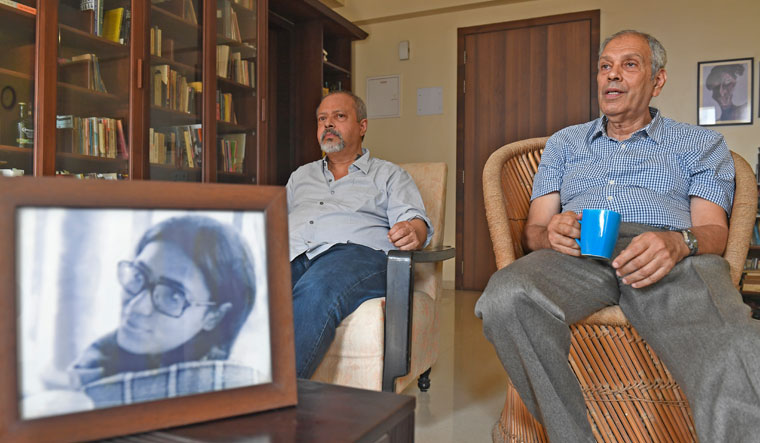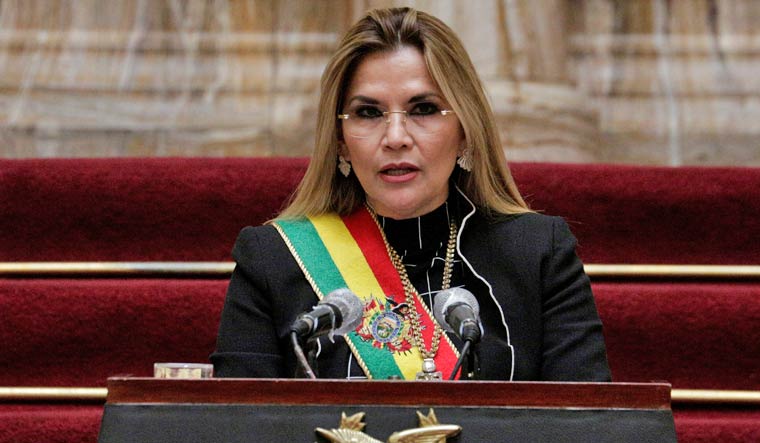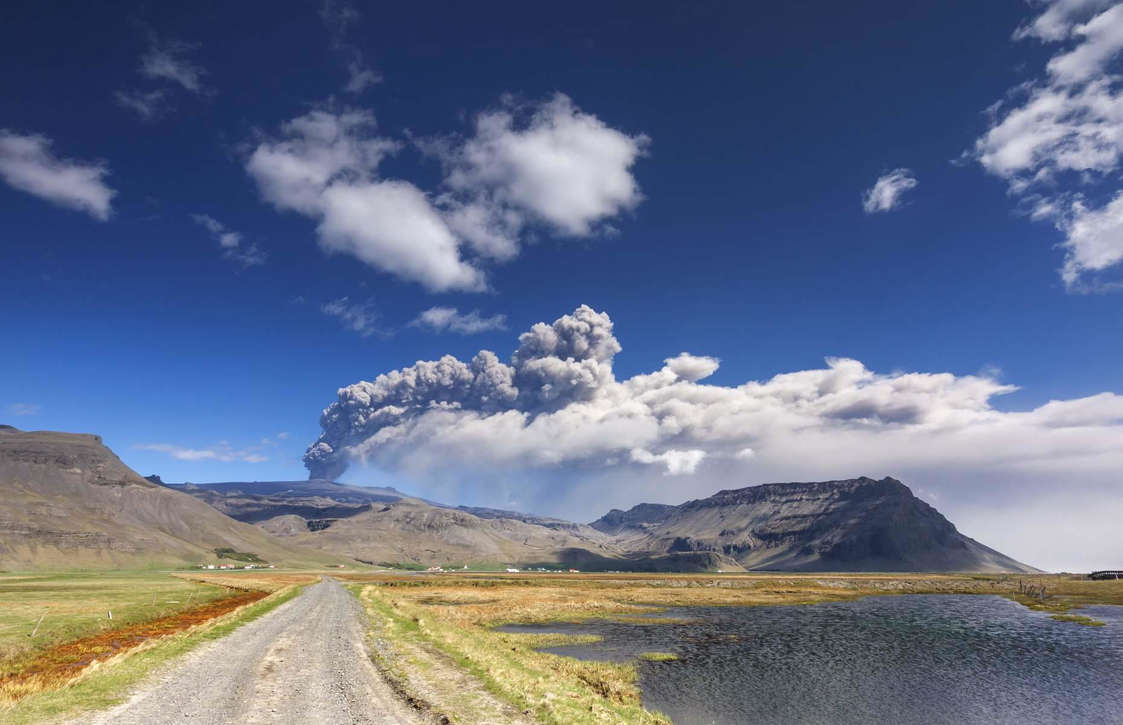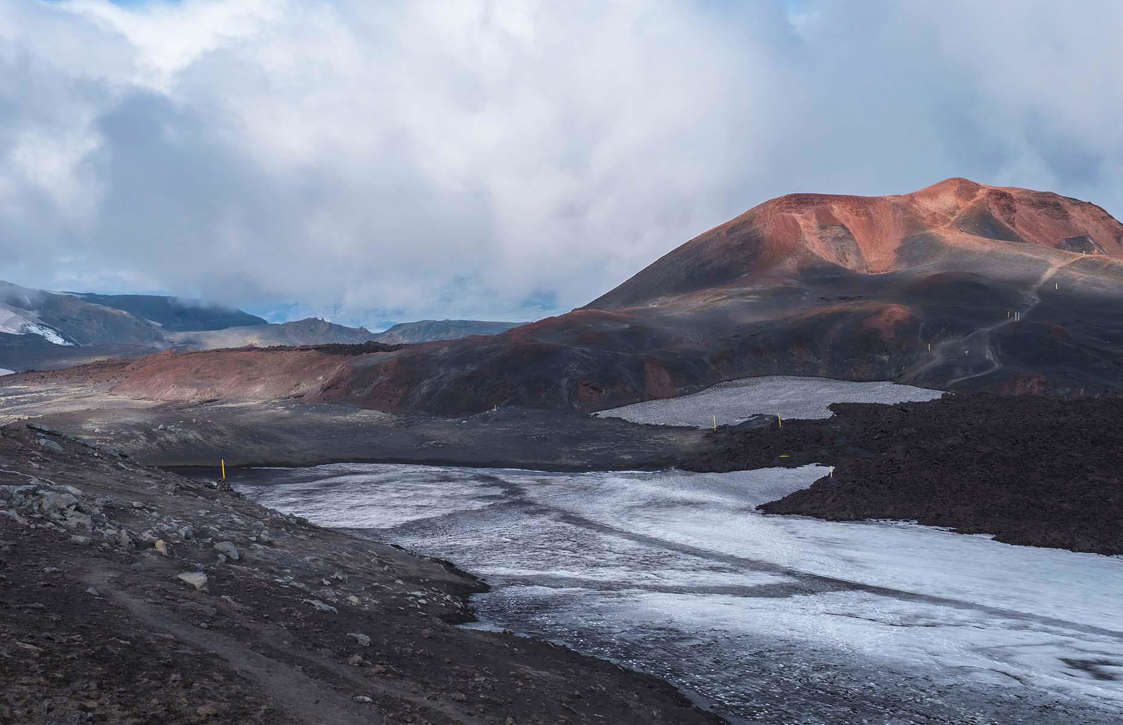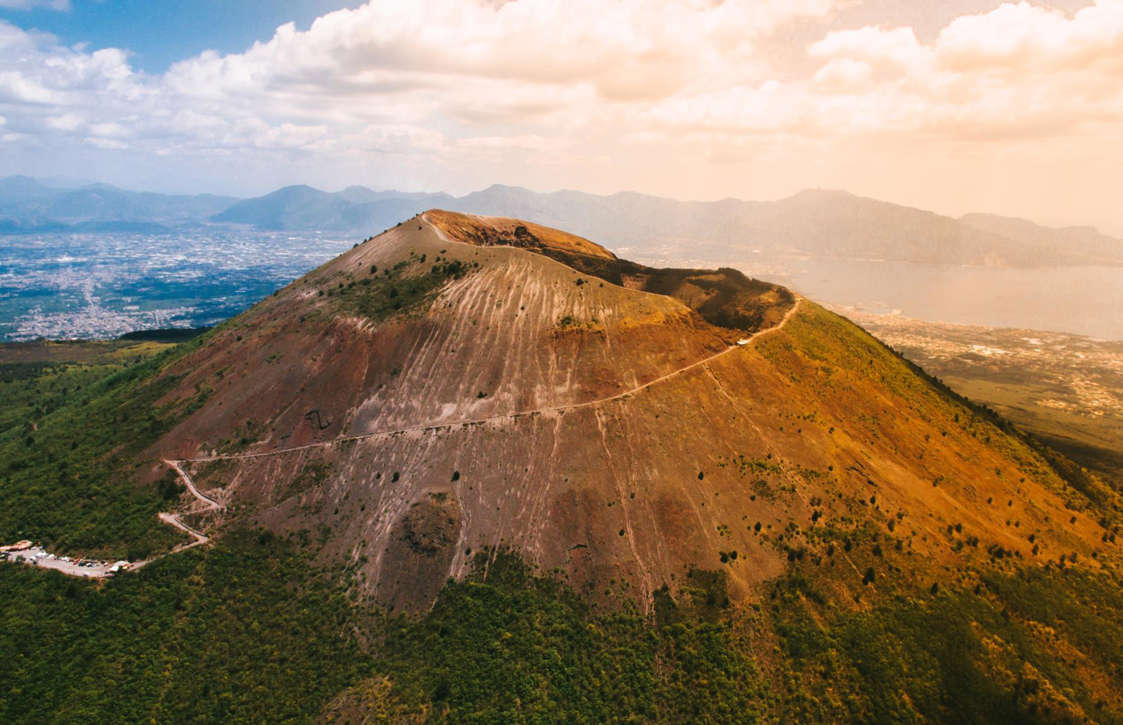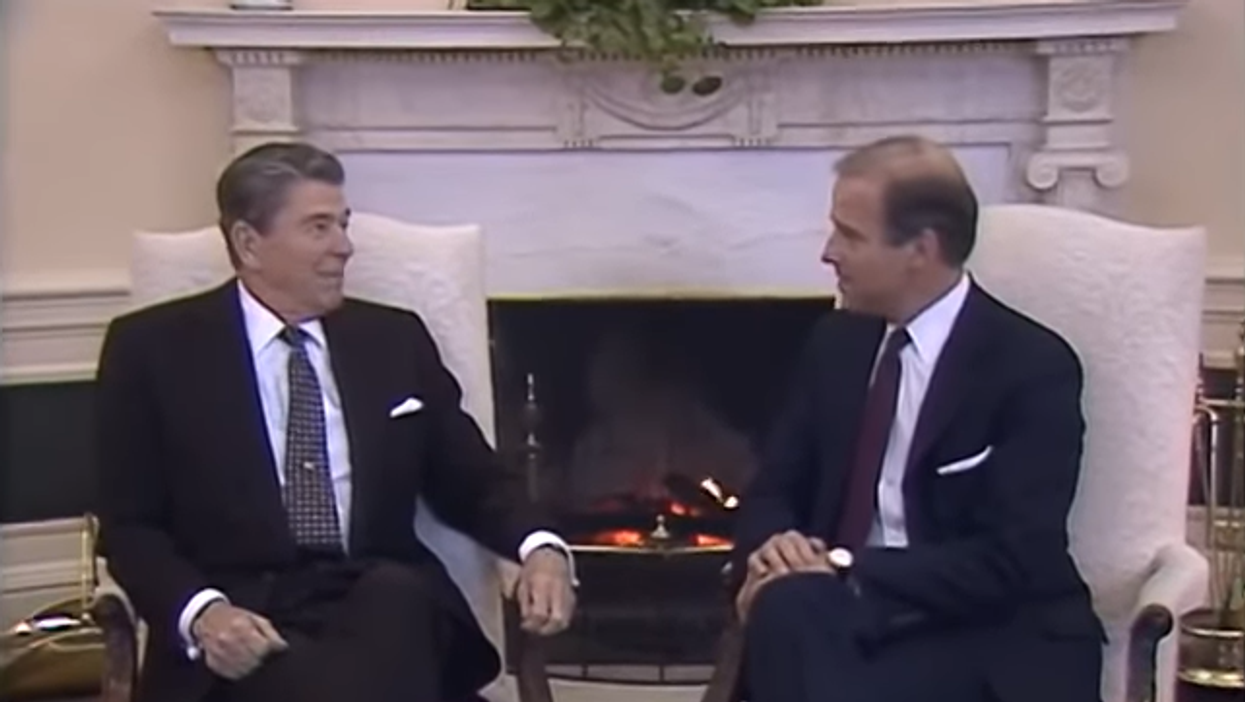Medically vulnerable in US put near end of vaccine line
By ASSOCIATED PRESS
PUBLISHED: 13 March 2021
The 50-year-old mother had been diagnosed with stage IV breast cancer and could not afford to become infected. She also was not yet eligible under North Carolina's rules to receive a COVID-19 vaccine. So she left her twin daughters with her husband and fled for safety.
Across the United States, millions of medically vulnerable people who initially were cited as a top vaccination priority group got slowly bumped down the list as the Centers for Disease Control and Prevention modified its guidelines to favor the elderly, regardless of their physical condition, and workers in a wide range of job sectors.
North Carolina is one of 24 states that currently places people under 65 with "underlying medical conditions" near the bottom of the pack to receive the vaccine, according to Jen Kates, senior vice president and director of global health and HIV policy at the Kaiser Family Foundation. A report she wrote for the foundation last month listed Pennsylvania as the lone state making vaccines available to the medically vulnerable during its first phase of distribution.
When North Carolina unveiled its initial guidance in October, it placed people with multiple chronic conditions near the top of the list. In response to December recommendations from the CDC to prioritize people 75 and older, however, it dropped those with chronic conditions to Phase 2. When the guidance changed again to expand eligibility to those 65 and up, medically vulnerable residents learned in January they would be dropped to Phase 4 - to be vaccinated after "frontline essential workers" but before "everyone."
"When they slid us to group 4, it was very quiet," Camden said. "It was like, `We don´t want to talk about it. We´re just gonna kind of tuck you over there.´ That in itself was kind of insulting."

Maura Wozniak poses for a picture on Tuesday, Feb. 23, 2021, in Huntersville, N.C. Wozniak, a 42-year-old mother of 2 has cystic fibrosis and also has undergone lung transplants and has been moved into group 4, just ahead of the general public receive the COVID-19 vaccination. (AP Photo/Chris Carlson)
The state's top public health official, Dr. Mandy Cohen, said residents under 65 with chronic conditions were moved down the list after health officials received data showing elderly residents are far more likely to die of COVID-19, though she acknowledged "age is not a perfect proxy for risk."
Camden decided not to wait for the state to qualify her. Just two days after she arrived at her parents´ house, a friend connected her with a CVS pharmacist in Wilmington who had spare doses of the vaccine about to go to waste. Camden received a Moderna shot in the pharmacist´s dining room on Feb. 21.
"It´s incumbent on all of us to take it when we can get it," Camden said. "I don´t want to feel guilty or embarrassed because I was gonna get it whenever I could."
Jon D´Angelo, a 32-year-old Carteret County resident who suffers from spinal muscular atrophy, didn´t qualify for a vaccine since he doesn´t live in a long-term care facility. He said he jumped the line, but declined to describe where and how he got the vaccine. After a minute-long pause when asked how he justified his actions, he replied, "Justice is more important."
Responding to the frustrations of people like Camden and D'Angelo, states are now revising their guidelines again. As of Monday, 28 states, including North Carolina, had at least partially opened up vaccine eligibility statewide to those with high-risk medical conditions, Kates said. Four additional states are making the vaccine available to medically vulnerable residents living in certain counties.
North Carolina announced this week that it would start vaccinating people 16 years or older with at least one of 18 at-risk conditions on March 17. And last week, the state expanded its eligibility guidelines to include people like D´Angelo who receive at-home care. D´Angelo is now retroactively eligible under Phase 1, which launched in December.
"I´m glad they did it, but the fact that it took three months to correct is outrageous," D´Angelo said.
On Monday, South Carolina expanded eligibility to disabled and at-risk people, and Michigan did so for medically vulnerable residents 50 and older. California is opening up vaccinations to the disabled and at-risk on March 15.
In Georgia, the governor announced this week that those 16 or older with serious health conditions will be eligible starting March 15. Shana Frentz, a 36-year-old with two autoimmune conditions, said she secured an appointment at a Georgia pharmacy that began signing up people a day before the announcement. Before that, she had explored the possibility of going to a neighboring state. During the months it took before she became eligible in Georgia, she said she and others like her felt "kind of tossed aside."
Maura Wozniak, a 42-year-old Charlotte-area resident, has cystic fibrosis and will wait until it´s her turn to get vaccinated. Wozniak was furious with North Carolina's decision to push her back in line, as it meant a lengthier delay for her kids to get back to the classroom. But after learning on social media that she'd soon become eligible, she cried in relief.
"They were able to hear the pleas from high-risk individuals in the state," Wozniak said. "The fact that they gave us a date was promising. Is everything gonna be perfect? No. But at least there's a certain window now."
___
Associated Press writer Anila Yoganathan in Atlanta contributed to this report.
___
Follow AP´s coverage of the pandemic at https://apnews.com/hub/coronavirus-pandemic and https://apnews.com/UnderstandingtheOutbreak.
___
Follow Anderson on Twitter at https://twitter.com/BryanRAnderson.
___
Anderson is a corps members for the Associated Press/Report for America Statehouse News Initiative. Report for America is a nonprofit national service program that places journalists in local newsrooms to report on undercovered issues.
Maura Wozniak poses for a picture on Tuesday, Feb. 23, 2021, in Huntersville, N.C. Wozniak, a 42-year-old mother of 2 has cystic fibrosis and also has undergone lung transplants and has been moved into group 4, just ahead of the general public receive the COVID-19 vaccination. (AP Photo/Chris Carlson)




Maura Wozniak poses for a picture on Tuesday, Feb. 23, 2021, in Huntersville, N.C. Wozniak, a 42-year-old mother of 2 has cystic fibrosis and also has undergone lung transplants and has been moved into group 4, just ahead of the general public receive the COVID-19 vaccination. (AP Photo/Chris Carlson)

